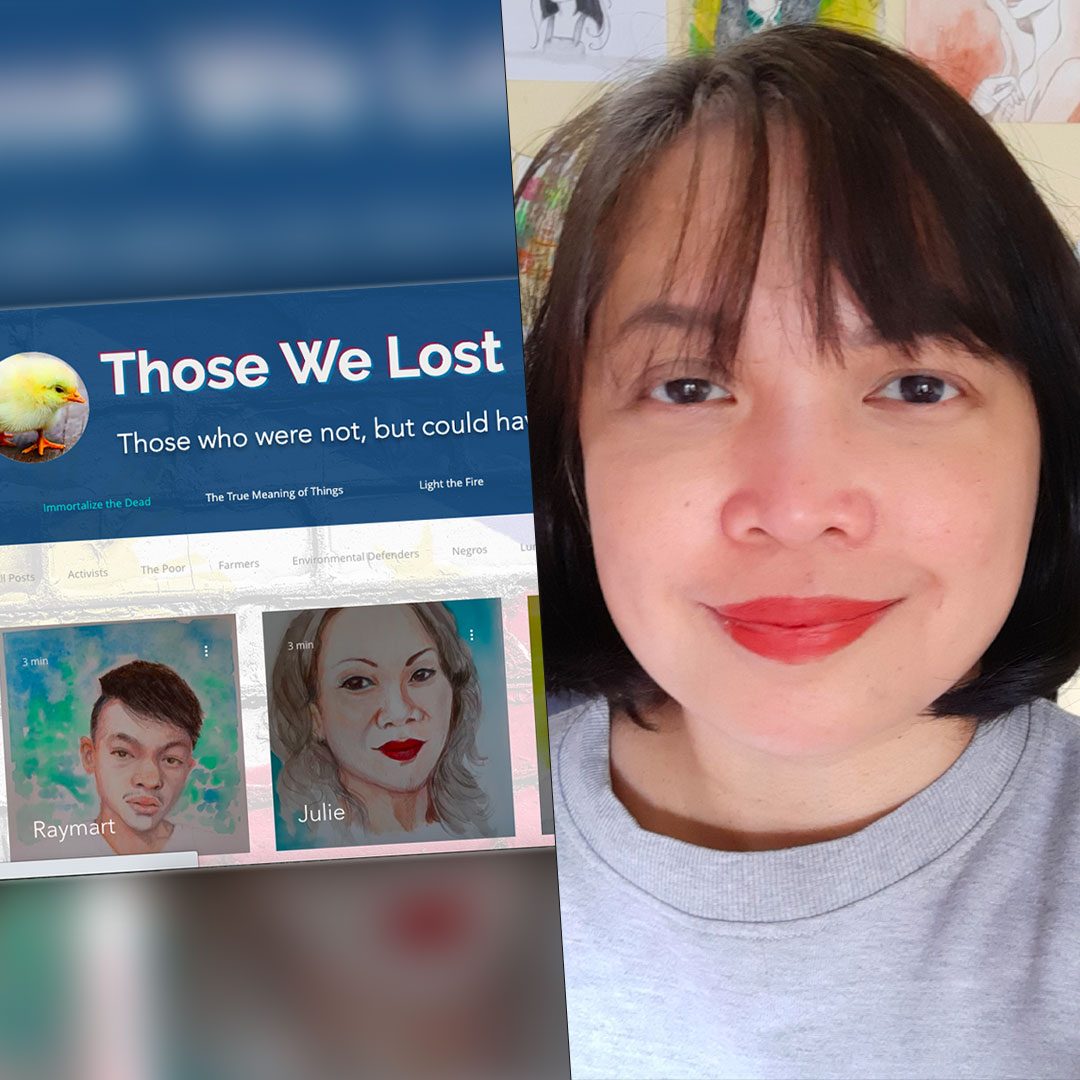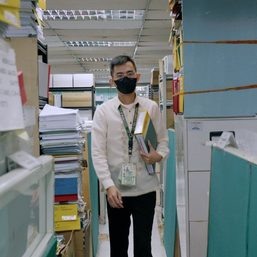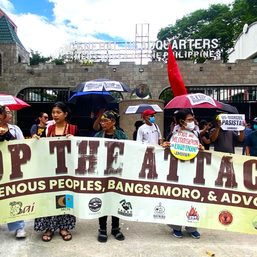SUMMARY
This is AI generated summarization, which may have errors. For context, always refer to the full article.

Nobody truly knows how many suspects were killed in the government’s war on drugs. The Philippine National Police claimed there were 6,117 as of April 30. The estimates of human rights groups were much higher at around 27,000 to 30,000.
Joy Watford, however, was beyond the question of how many. Recognizing that there was more to the issue than just numbers, the artist launched a project called Those We Lost in 2019 to show that the lives lost transcended statistics. She did this through portraits and stories.
“I wanted to point out [that] the stories just did not end in the deaths of these people,” she said. “They have families, they have communities who are affected and who carry the burden of their deaths.”
Despite living in England for 19 years, Joy felt more attachment to the country when the drug war erupted in 2016. She followed the rapidly growing number of news reports about people who were killed during the nightly operations. The police used a word to justify these killings: “nanlaban”.
Joy knew it was something else.
When the issue gained more prominence, she recalled being shocked at the wall of indifference and silence that the news reports met from the Filipino diaspora around the world.
“I remember posting early on when the killings started, and I was saying, this is not a war on drugs. This is a war on the poor. Why aren’t people saying anything?” she said.
“This isn’t right. Whatever reason the president would give for these killings doesn’t make these killings right at all.”
And so Joy dedicated her weekends hunched at her desk, painting and writing after hours of research on the victim’s stories. While studying their faces for the portrait, she cried almost every time. Their faces on the reference pictures are how they are always going to be, and some of them are children.
Haunted by ‘the could have been’
Of all the stories that she has worked on, Joy shared that Joshua Laxamana’s was one of the most haunting.
Joshua went to Baguio with his friend, Julius Santiago, to compete in a DOTA tournament in 2018. Neither of them went back.
The 17-year-old DOTA player lost his life on August 16, 2018, after allegedly exchanging gunshots with the police. The cops said he avoided a checkpoint while riding a motorcycle.
His mother, Christine Pascual, said that her son could neither drive nor afford a motorcycle.
The police claimed that the tattoo on Joshua’s arm proved that he had the “mark of a notorious burglar.’ It was later confirmed that the tatoo was actually one of the avatars in DOTA.
While researching this case, Joy decided to reach out to Joshua’s brother. He was open about it at first, but was later advised by their mother to be careful. Joy decided to back off.
Several weeks after posting Joshua’s story, Joshua’s mother reached out to Joy. She initially thought that Christine would be angry, but to her surprise, the mother was overcome with tears by the gesture.
The interaction erased Joy’s doubt on her work. “I realized I’m doing this for people like Christine. I’m doing this for people like Joshua so that their stories will never be forgotten. I don’t want to forget, and I want other people to not forget as well.”
Fighting for the nobodies
In her quest to honor the memories of the victims, Joy admitted that at first she wondered why people did not pay much attention to the issue. But when she went to Manila in 2019 and saw the exhaustion on people’s faces, she understood.
“They’re so caught up in the drudgery of everyday life. When you have to sort of battle your way through life each day just to survive, I’m not going to get angry,” she says.
The responsibility to stand up for those who couldn’t, according to Joy, lies on the people with privilege, whose lives enable them to make room for critical thinking.
“We have to be the ones who are calling for change. We have to do that for the sake of the millions of other people,” she added.
“Unless all of us are free and all of us are safe from the violence that’s perpetuated by the government, then we’re not really a free country.”
And with the dissatisfaction and frustration borne out of the spectacle of violence from a fascist’s drug war, Joy immortalizes the dead – one portrait at a time. – Rappler.com
Kristel Ogsimer is a Rappler intern and a third-year student from the University of Santo Tomas taking up a Bachelor of Arts degree in Journalism.
Add a comment
How does this make you feel?






There are no comments yet. Add your comment to start the conversation.